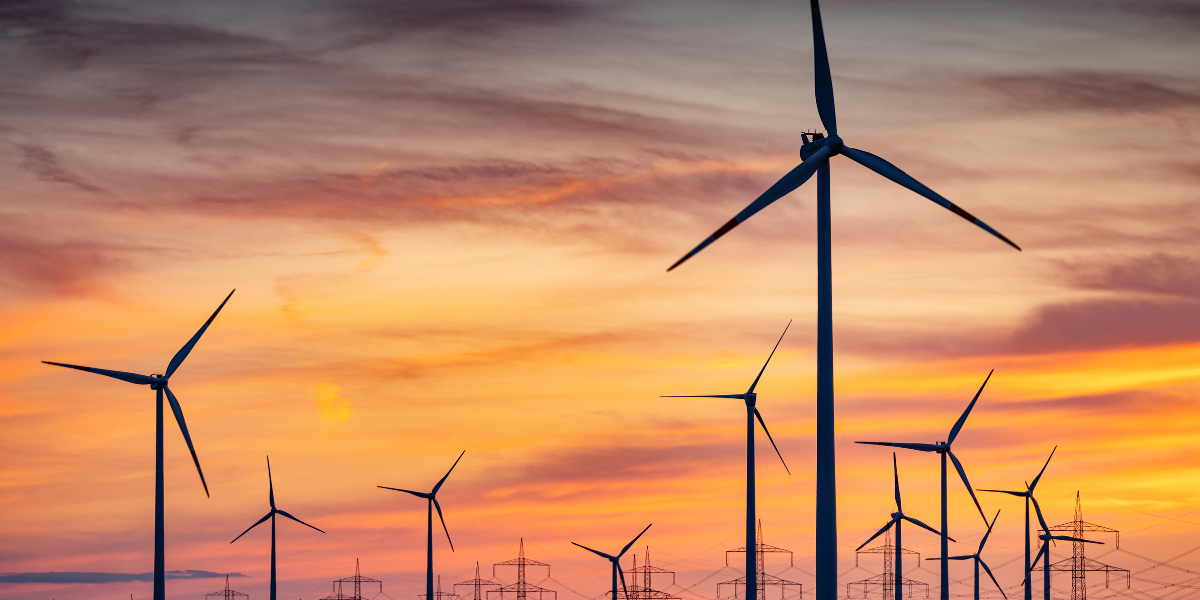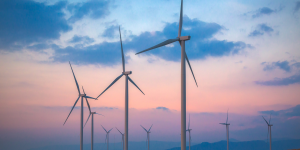Towards a new deal for European offshore wind: more auctions, less risk, greater sustainability
The European wind industry proposes a new pact to relaunch the development of offshore wind. At the heart of the proposal: stable auctions for 100 GW by 2040 with Contracts for Difference, shared planning between EU countries, cost reduction and greater value for coastal communities.

The European wind industry launches an ambitious proposal to revitalize offshore energy production and contribute to the continent's energy security.
The request is clear, says WindEurope: greater coordination between European governments and the adoption of effective tools to promote stable and competitive investments.
Among the objectives, the proposal to tender at least 100 GW of offshore wind energy between 2031 and 2040 through auctions based on long-term bilateral contracts stands out , reducing financial uncertainty for investors and accelerating the energy transition.
Contracts for Difference and Planning: The Foundations for a Robust and Competitive Offshore Wind
To ensure sustainable growth of offshore wind energy, the industry sector proposes the systematic adoption of bilateral Contracts for Difference (CfD), instruments that allow to establish a fixed price for the energy produced, protecting investors and consumers from market fluctuations.
The goal is to auction at least 100 GW in the decade 2031-2040, with an average of 10 GW per year, and to plan the commissioning of the plants in a harmonized way at European level.
This strategy would not only stabilize the market, but also optimize the supply chain and improve the predictability of investments. The industry, for its part, is committed to reducing the levelized cost of energy (LCOE) by 30% and increasing its production capacity, to meet the growing demand for electricity from renewable sources.
A concrete response to Europe's energy challenges
Europe faces a triple challenge: reducing energy dependence, reducing costs for families and businesses, and achieving decarbonisation targets. In this context, local, low-cost offshore wind energy represents a key strategic lever.
Despite progress over the past decade, investor confidence is now being challenged by risky auctions, limited electrification of consumption, and unstable regulations.
To reverse the trend, a shared vision and robust planning tools are needed. The European wind sector is ready to invest in its expansion, promoting skilled employment – especially in coastal areas – and bringing tangible benefits to local communities.
At the same time, it asks governments for a clear commitment on the volumes and methods of project assignment. Only in this way can Europe guarantee itself a safer, more competitive and sustainable energy future.
Related Focus




